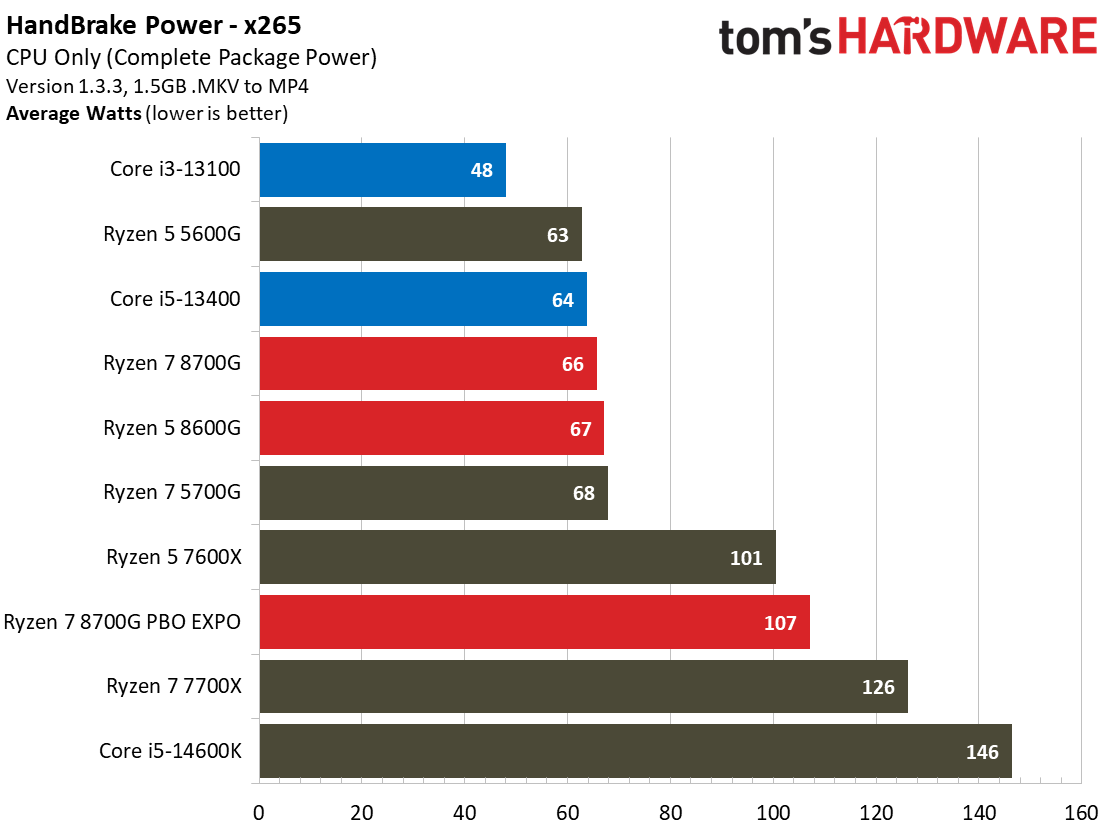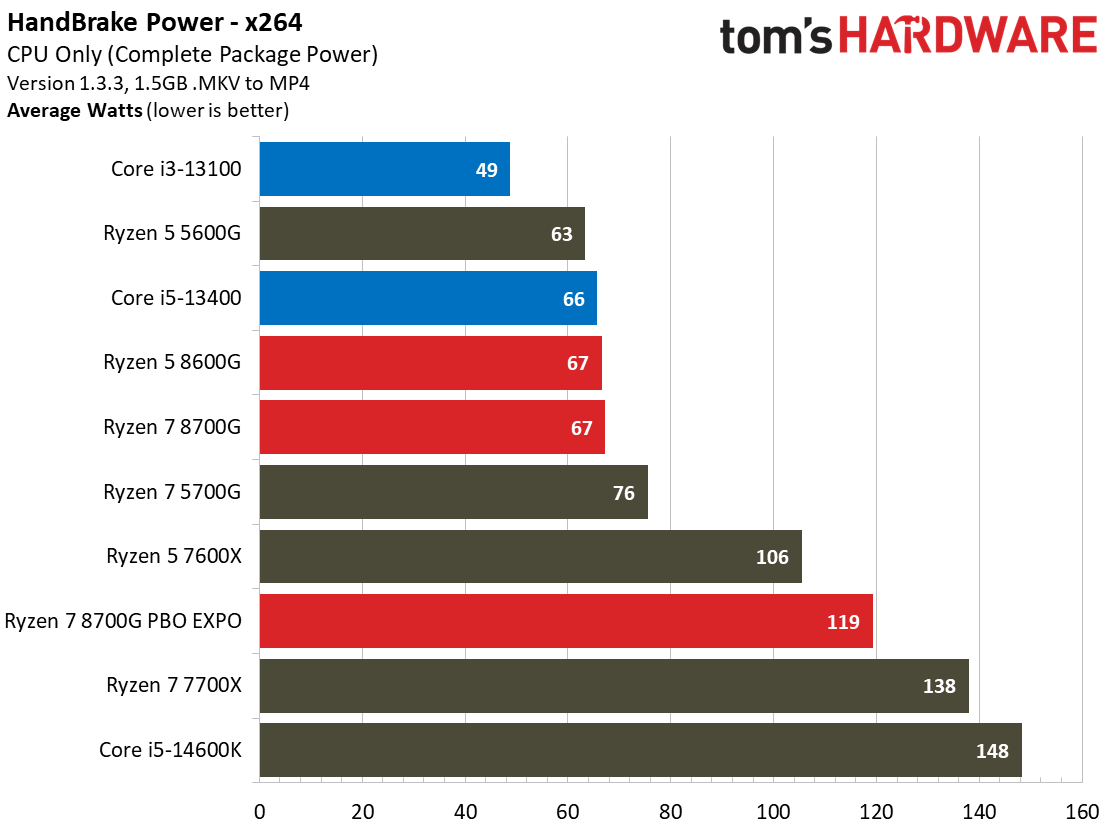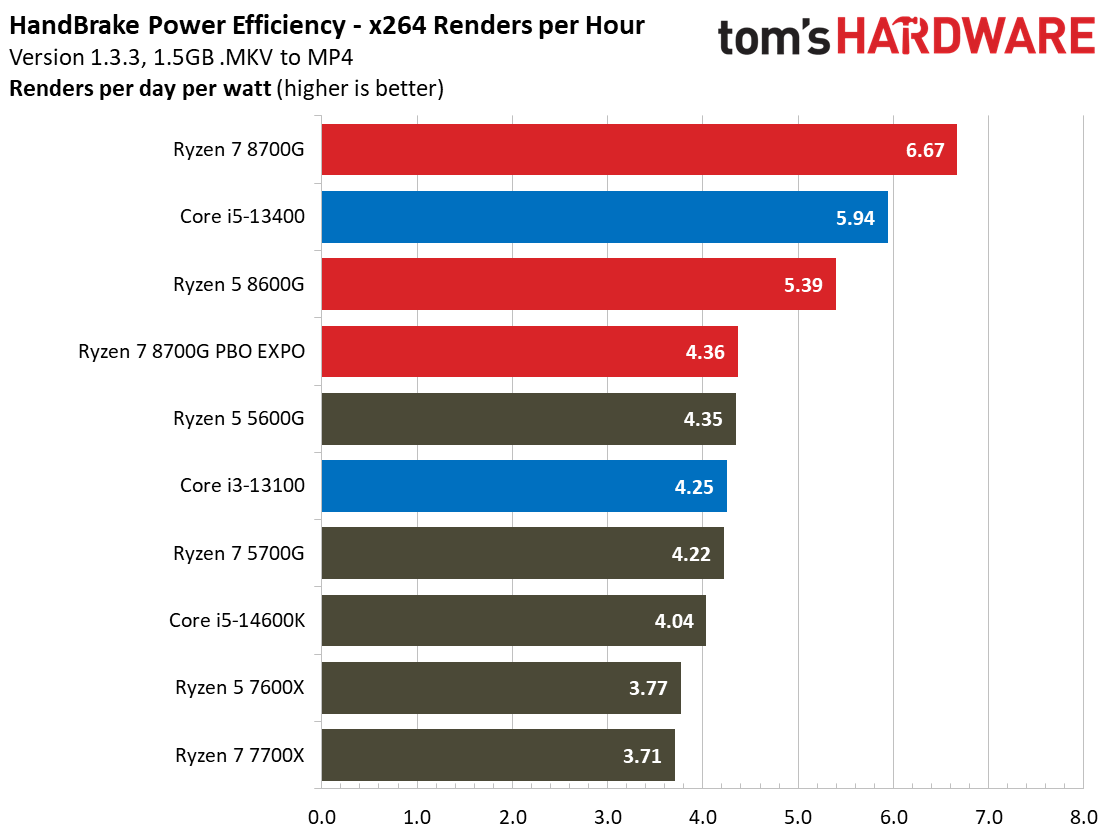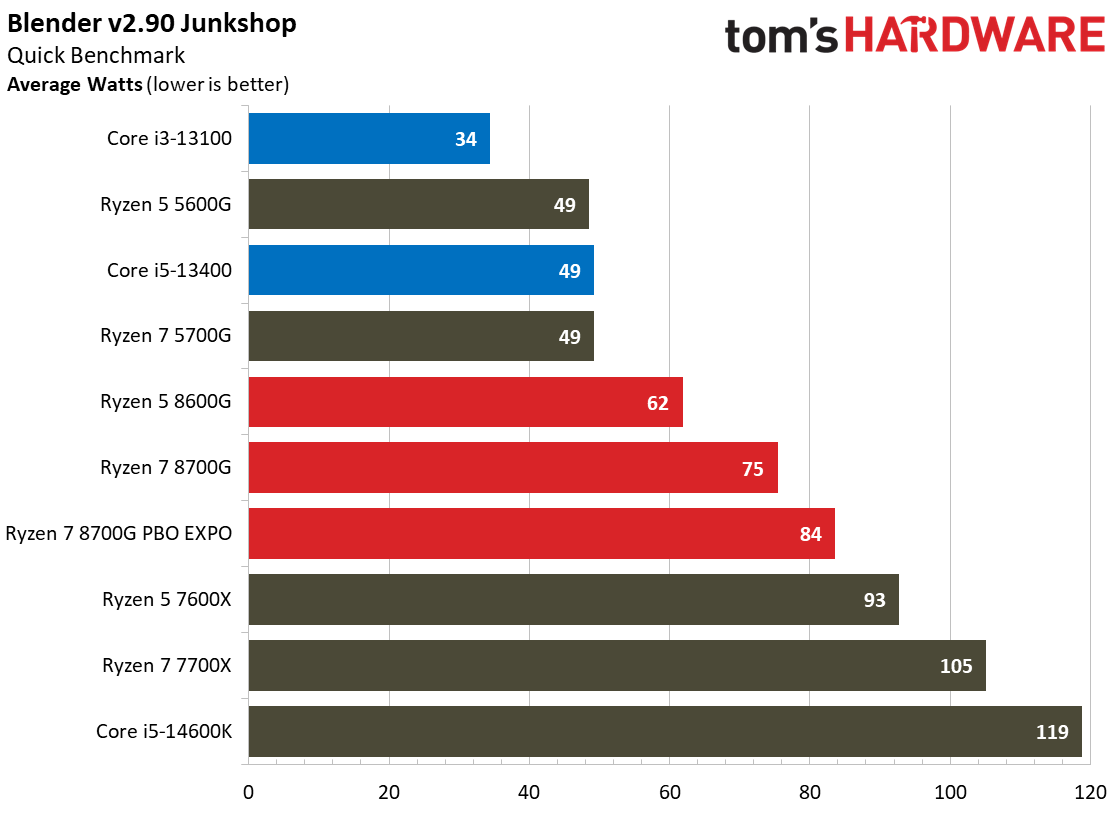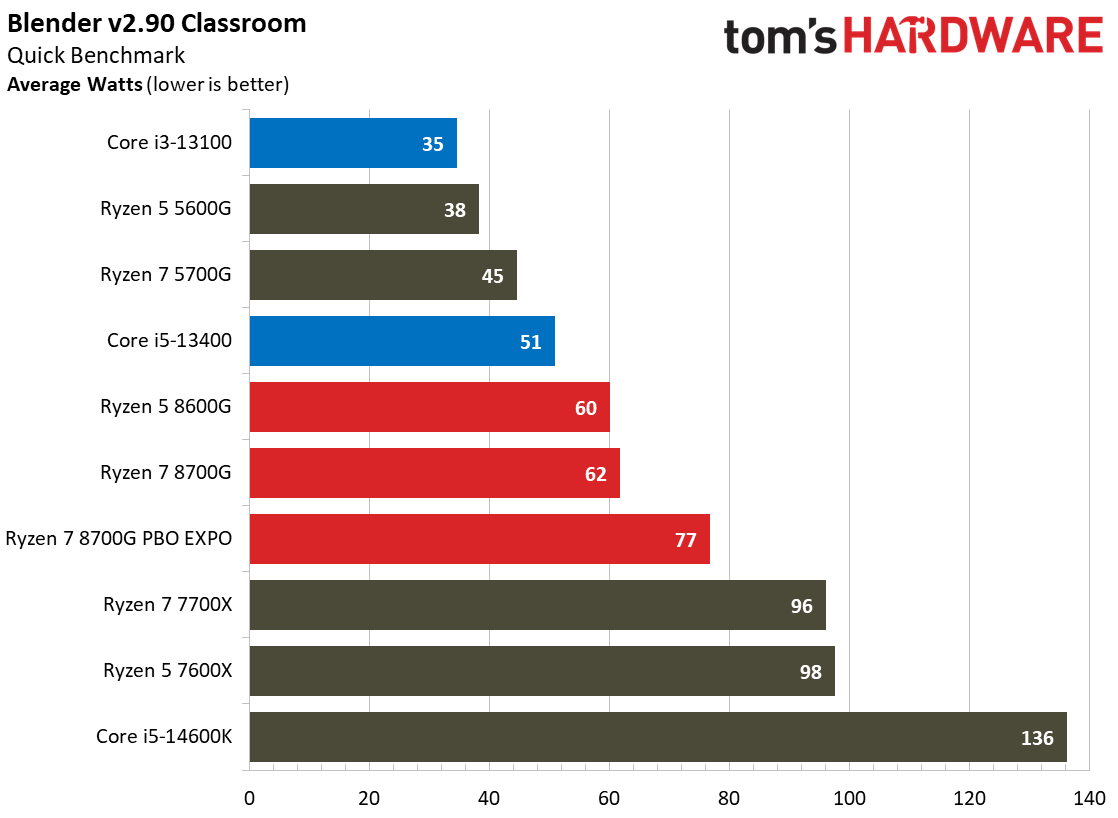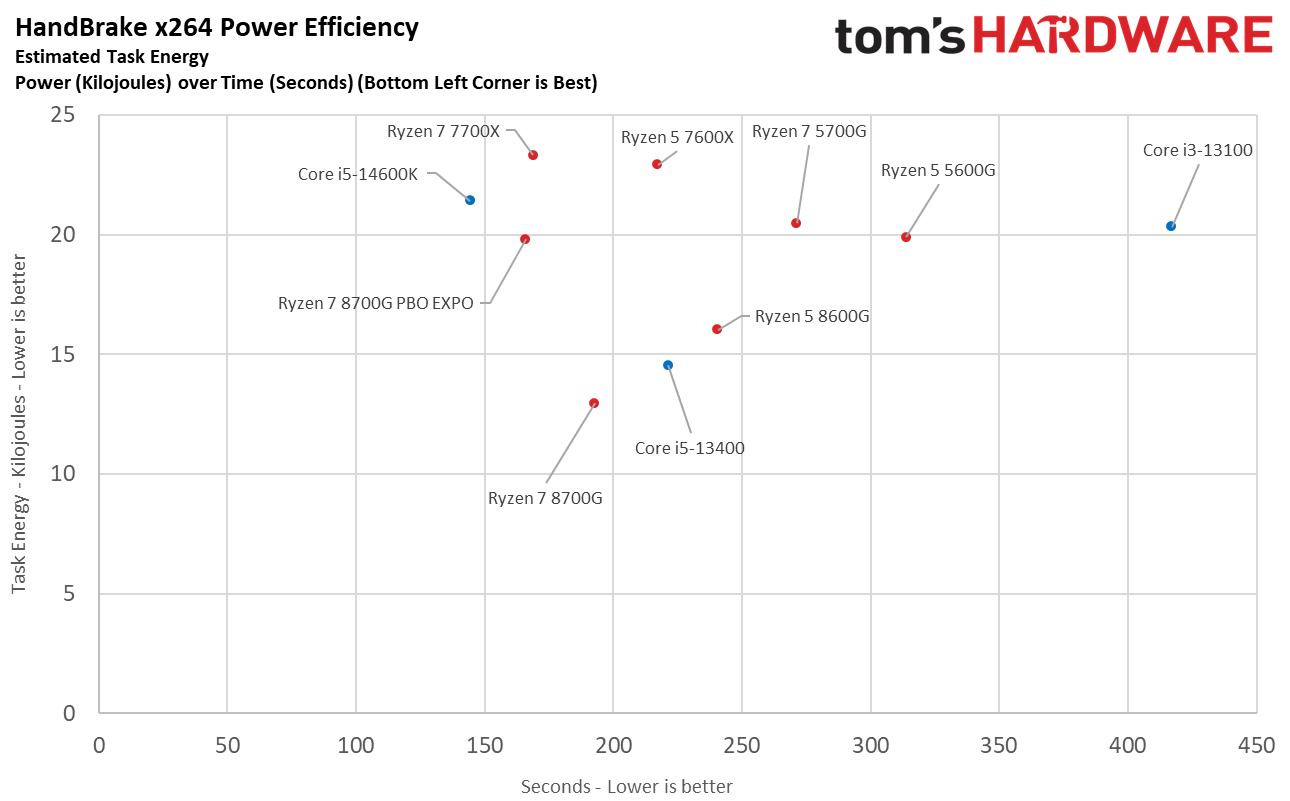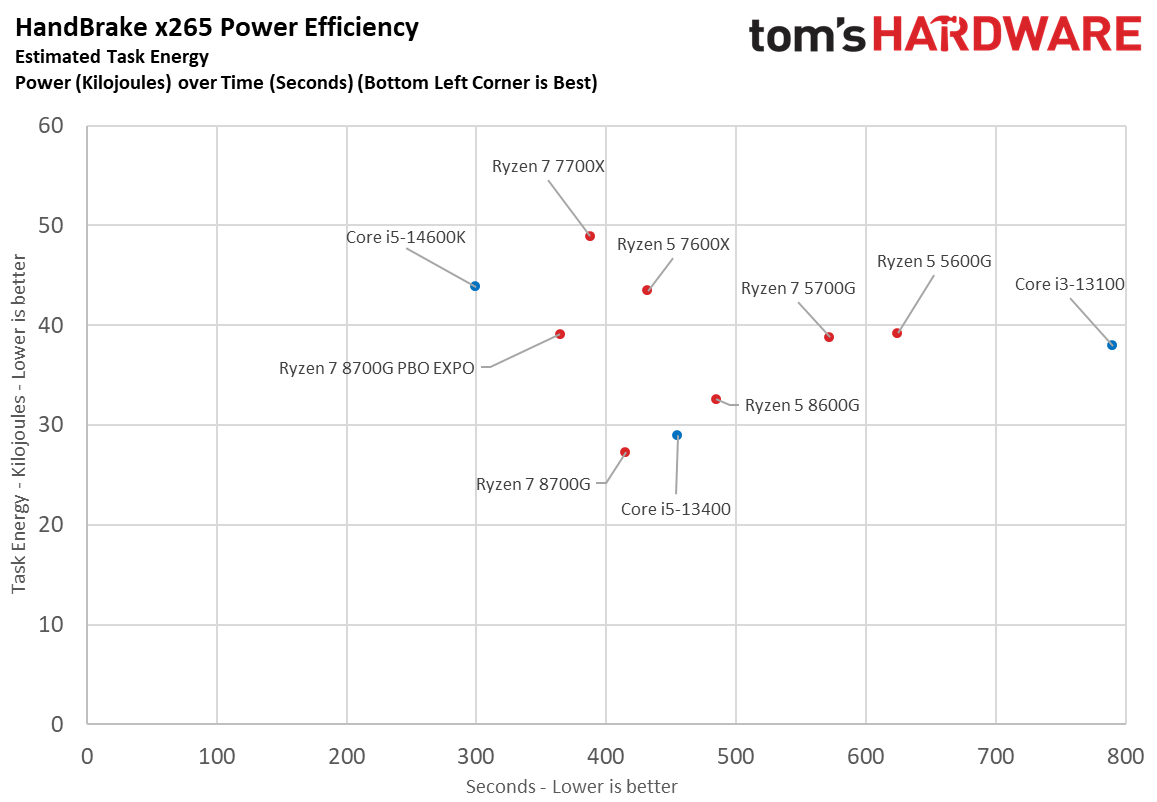Why you’re able to trust Tom’s HardwareOur expert reviewers spend hours testing and comparing products and services so you can choose the best for you.Find out more about how we test.
AMD Ryzen 7 5700G Hyper-RX, Power Consumption, Overclocking, Test Setup
AMD Hyper-RX
The debut of AMD’s RDNA 3 iGPU in its APUs marks the availability of new technologies that weren’t supported on its older 5000G-series APUs. AMD supports its Hyper-RX suite with its RDNA 3 iGPUs now, which includes the in-driver Radeon Super Resolution upscaling tech (built on FSR 1 spatial upscaling), Anti-Lag+, Radeon Boost, and frame generation with AMD Fluid Motion Frames (AFMF). You can enable these features simultaneously through a single click of the “Hyper-RX” option, thus enabling all four features.We were given beta access to a new driver that will be made available to the public in its final form, but it came with the following stipulation: “As for AMD Fluid Motion Frames (frame interpolation), it is enabled along with Hyper-RX and cannot be turned off separately in the preview driver, but the launch-day driver will provide separate controls to enable and disable the Fluid Motion Frames.” As such, we tested with all features of Hyper-RX enabled, but be aware that you can add or remove features separately to better tune to your liking.Hyper-RX automatically altered a few of the games in our test suite to a 990p resolution, which was then automatically upscaled to the native 1080p resolution of our test monitor, while other game profiles remained unchanged. We decided to test all titles with upscaling from both 990p and 720p to gauge the impact. We’ve included those results in our iGPU tests, but be aware that we did see noticeable blurriness with fast-moving motion and text in several titles with the 720p option. We also encountered occasional odd behavior in some titles and intermittent hitching in Cyberpunk 2077. Your mileage may certainly vary.Be aware that Hyper-RX does require compromising, at least to some extent, on image quality. However, the amount and intensity can vary by title — and even by scene. Whether or not the tradeoff is acceptable for any given setting is largely subjective, so keep that in mind when you view our test results.See further below for overclocking and further test setup details.
AMD Ryzen 7 8700G Power Consumption and Efficiency
We’re accustomed to AMD’s APUs delivering exceptional power efficiency — the prior-gen 5700G and 5600G are among the most power-efficient processors we’ve ever tested. AMD has dominated power efficiency metrics for several chip generations, but as shown in our renders-per-watt chart in the above album, Intel’s competing processors are closing the gap.The Ryzen 7 8700G pulls 88W under a full multi-threaded AVX 512 workload in the y-cruncher benchmark, but that’s 32% and 55% less than the other eight-core Zen 4 chips, the 7600X and 7700X. We can chalk a big part of that advantage up to the monolithic die design; AMD’s chiplet-based processors not only have one large central die on a slightly more inefficient node, but they also have to spend quite a bit of their power budget shuffling data between the dies. Moving data across the Infinity Fabric consumes about 1.5 picojoules per bit (pJ/b), whereas on-die data transfers require roughly 0.1 pJ/b. That extra power consumption adds up for the chiplet-based designs.
The final image takes a slightly different look at power consumption by calculating thecumulativeenergy required to execute a x264 and x265 HandBrake workload. We plot this ‘task energy’ value in Kilojoules on the left side of the chart.These workloads are comprised of a fixed amount of work, so we can plot the task energy against the time required to finish the job (bottom axis), thus generating a really useful power chart. Bear in mind that faster compute times and lower task energy requirements are ideal. That means processors that fall the closest to the bottom left corner of the chart are the best.The Ryzen 7 8700G takes an easy lead in this test, with the Ryzen 5 8600G not far behind.
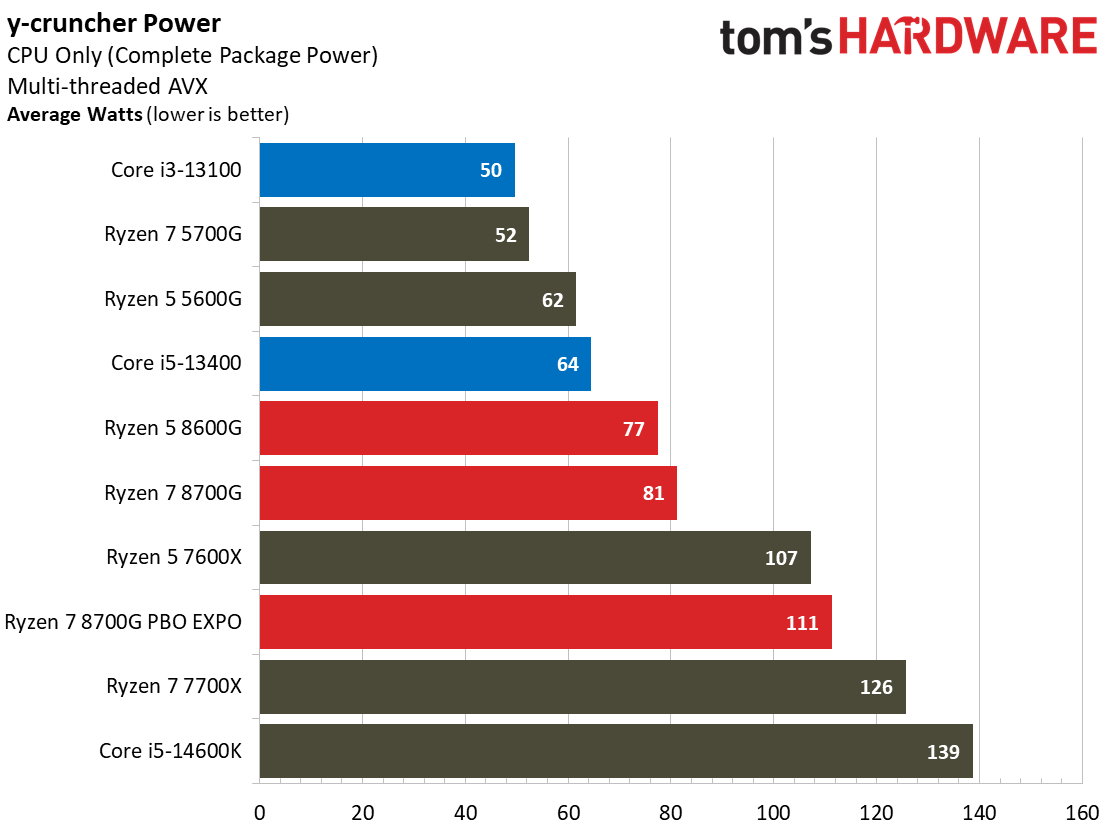
AMD Ryzen 7 8700G Overclocking, and Test Setup
We tested the processors following our usual policy of adhering to the warrantied memory configuration for our stock testing. For AMD, this means using DDR5-5200. AMD does present its benchmarks with DDR5-6400 and also encourages reviewers to test at this speed, but the company does not warranty that level of performance. Officially, AMD deems this to be overclocking.We did use the DDR5-6400 EXPO profile for our memory kit for the configurations marked as “PBO EXPO” in our charts. We also engaged Precision Boost Overdrive (PBO) with the motherboard power presets for our overclocked configuration. We then enabled 10X scalar, a 200 MHz extra boost for both CPU and GPU, a -20 undervolt using the Curve Optimizer for the CPU cores, and a -10 UV for the GPU cores.Microsoft has advised gamers to disable several security features to boost gaming performance. As such, we disabled secure boot, virtualization support, and fTPM/PTT on all systems for maximum performance. You can find further hardware details in the table below.
Current page:AMD Ryzen 7 5700G Hyper-RX, Power Consumption, Overclocking, Test Setup
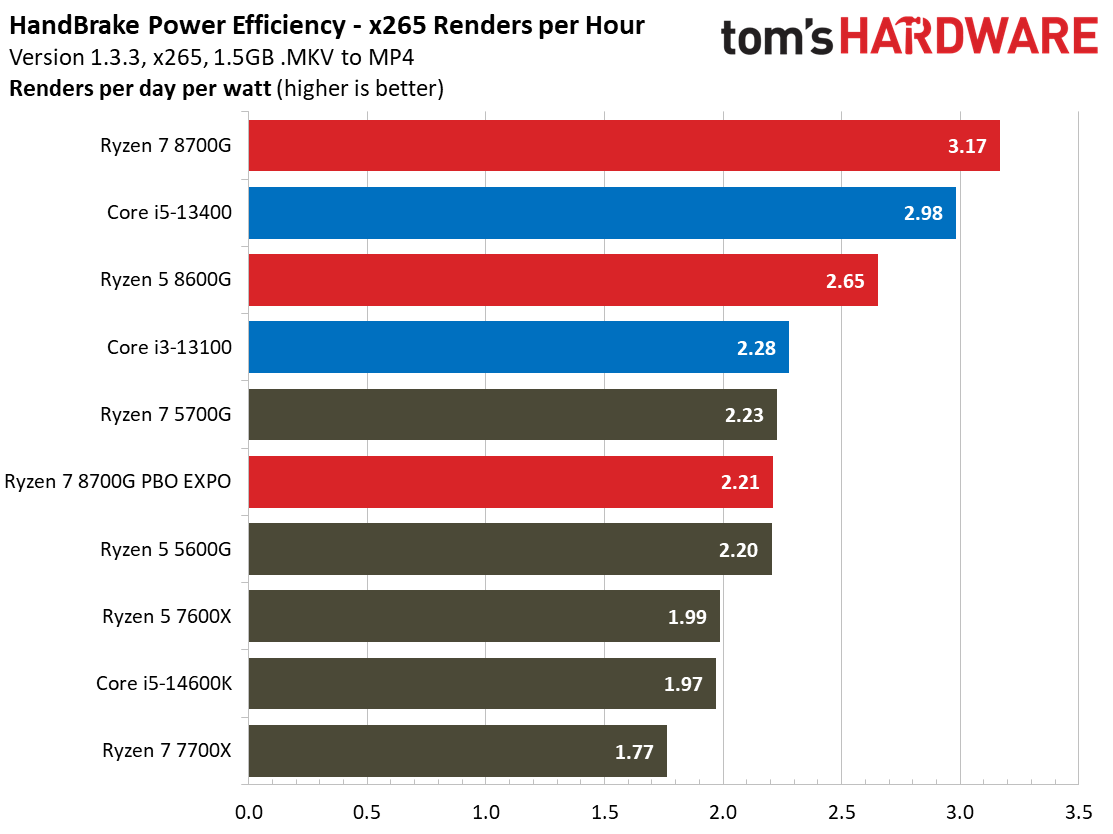
Paul Alcorn is the Editor-in-Chief for Tom’s Hardware US. He also writes news and reviews on CPUs, storage, and enterprise hardware.
